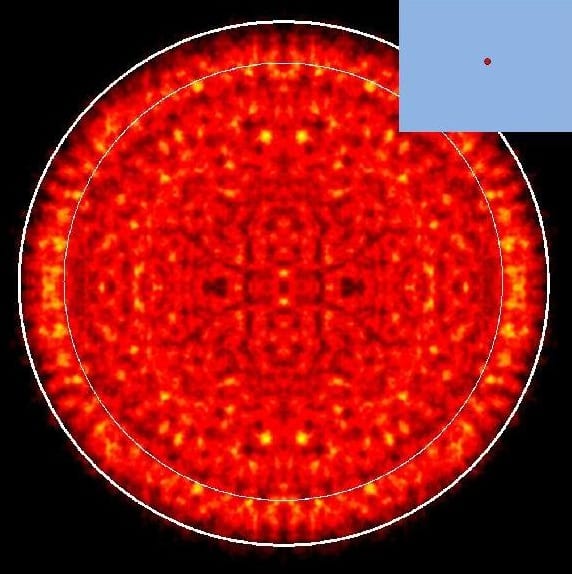 Plasmonic antennas have attracted a great deal of research interest, due to their ability to enhance and control the luminescence of single quantum emitters. However, quenching losses to the metal often damp the emitter’s energy and hide the antenna’s influence on the excitation and emission processes, hence looking at the luminescence intensity only is not enough to analyze the antenna-emitter coupling.
Plasmonic antennas have attracted a great deal of research interest, due to their ability to enhance and control the luminescence of single quantum emitters. However, quenching losses to the metal often damp the emitter’s energy and hide the antenna’s influence on the excitation and emission processes, hence looking at the luminescence intensity only is not enough to analyze the antenna-emitter coupling.
Now, new research investigates the luminescence of a quantum dot coupled to a gold dimer antenna via double step e-beam lithography. Detailed analysis of the quantum dots multiply excited states separates the antenna’s influence on the excitation intensity from the radiative emission and quenching effects. Excitation enhancement was observed during the work, even in the presence of strong quenching losses affecting the emission.
The research was reported in Advanced Optical Materials, a new section in Advanced Materials dedicated to breakthrough discoveries and fundamental research in photonics, plasmonics, metamaterials, and more, covering all aspects of light-matter interactions. To get Advanced Optical Materials email alerts click here. Advanced Optical Materials will start as an independent journal in 2013. More information can be found on www.advopticalmat.de.

















